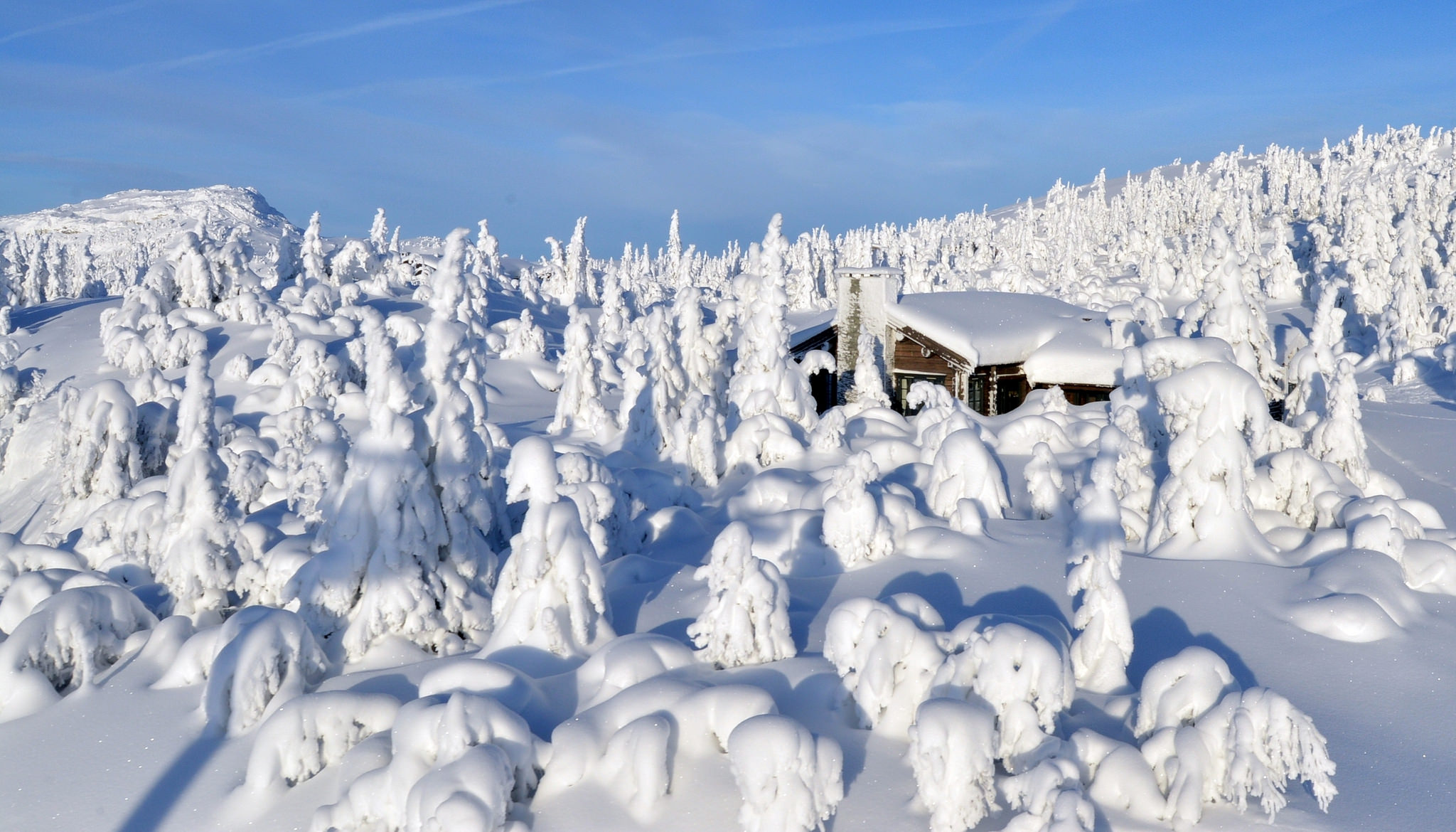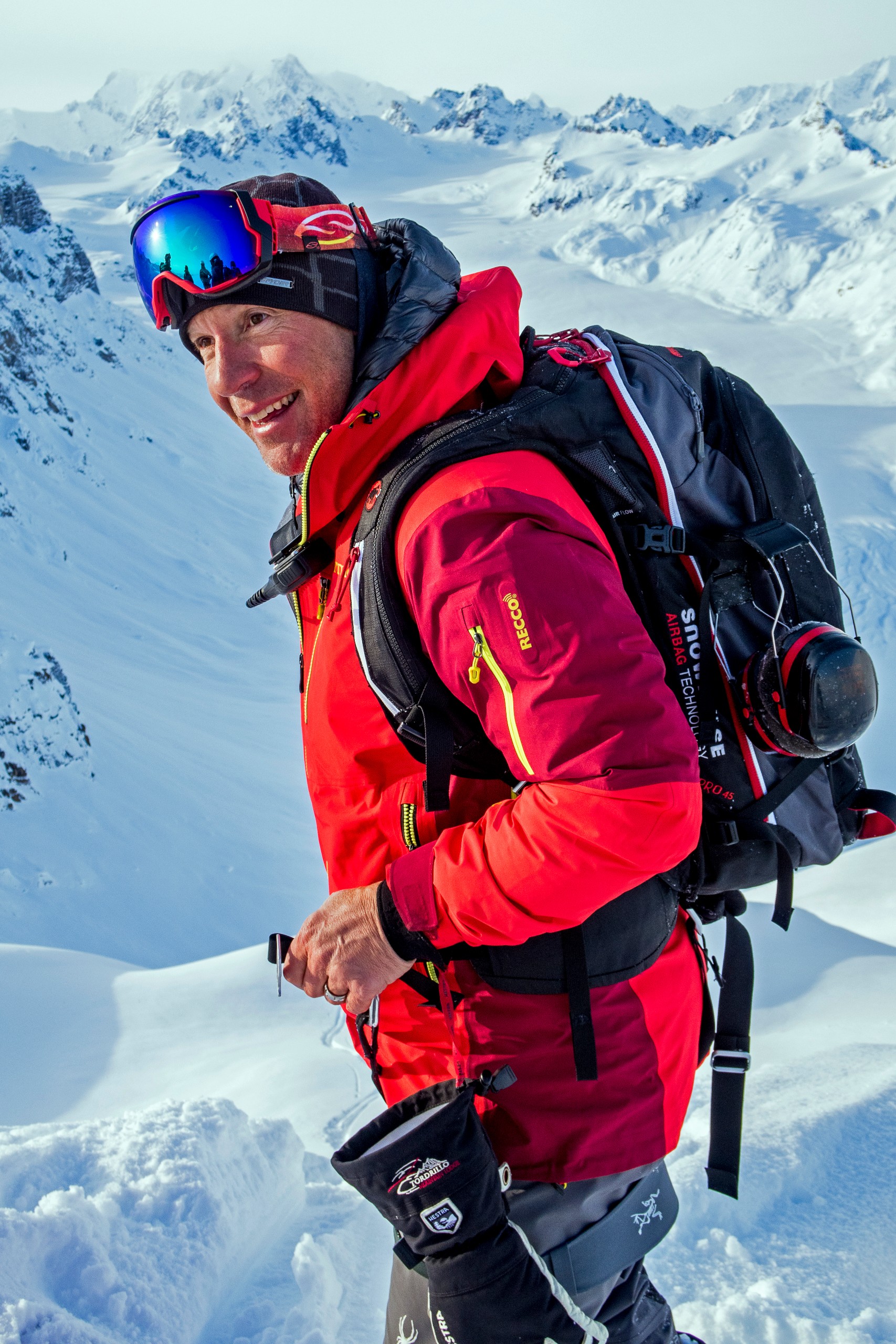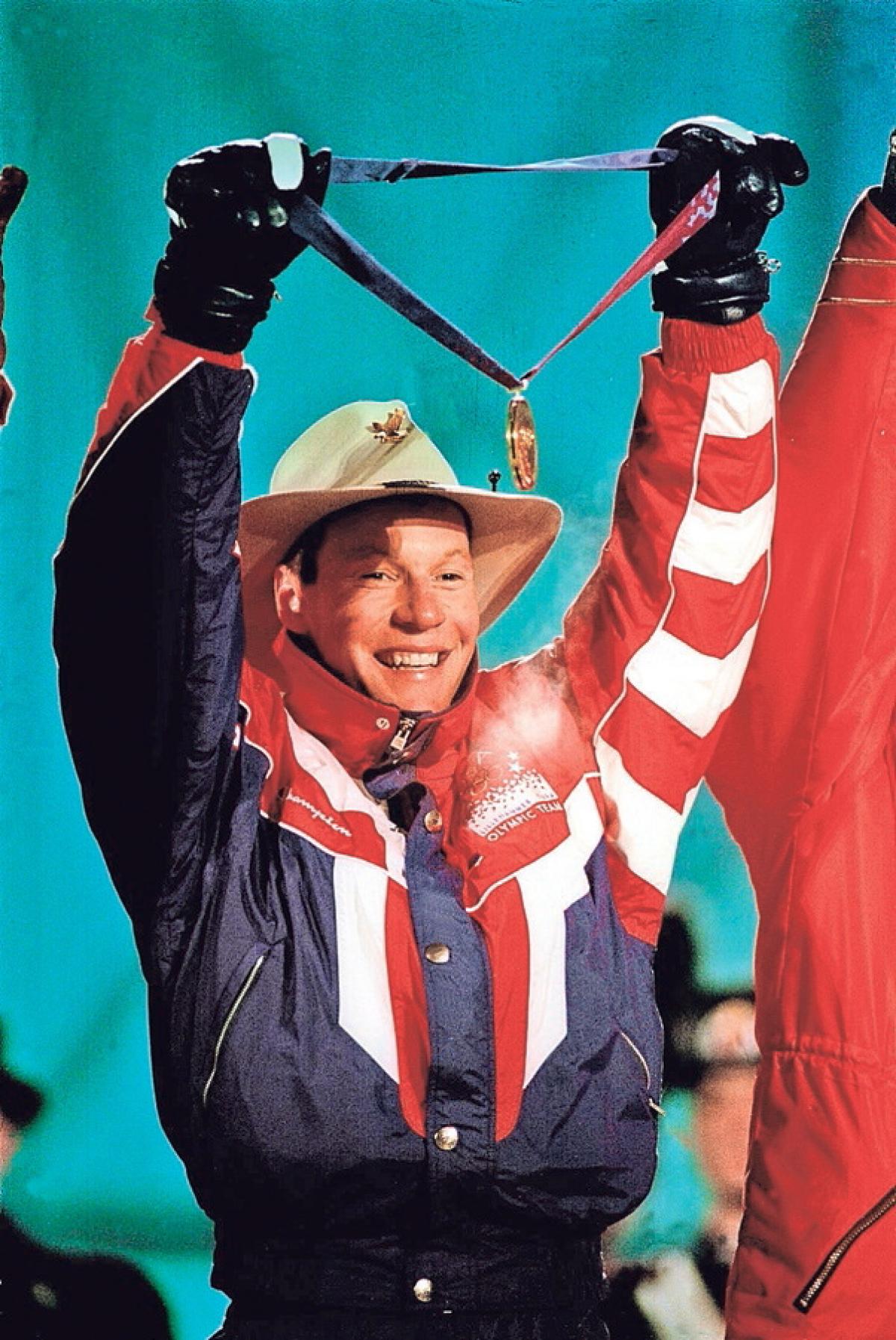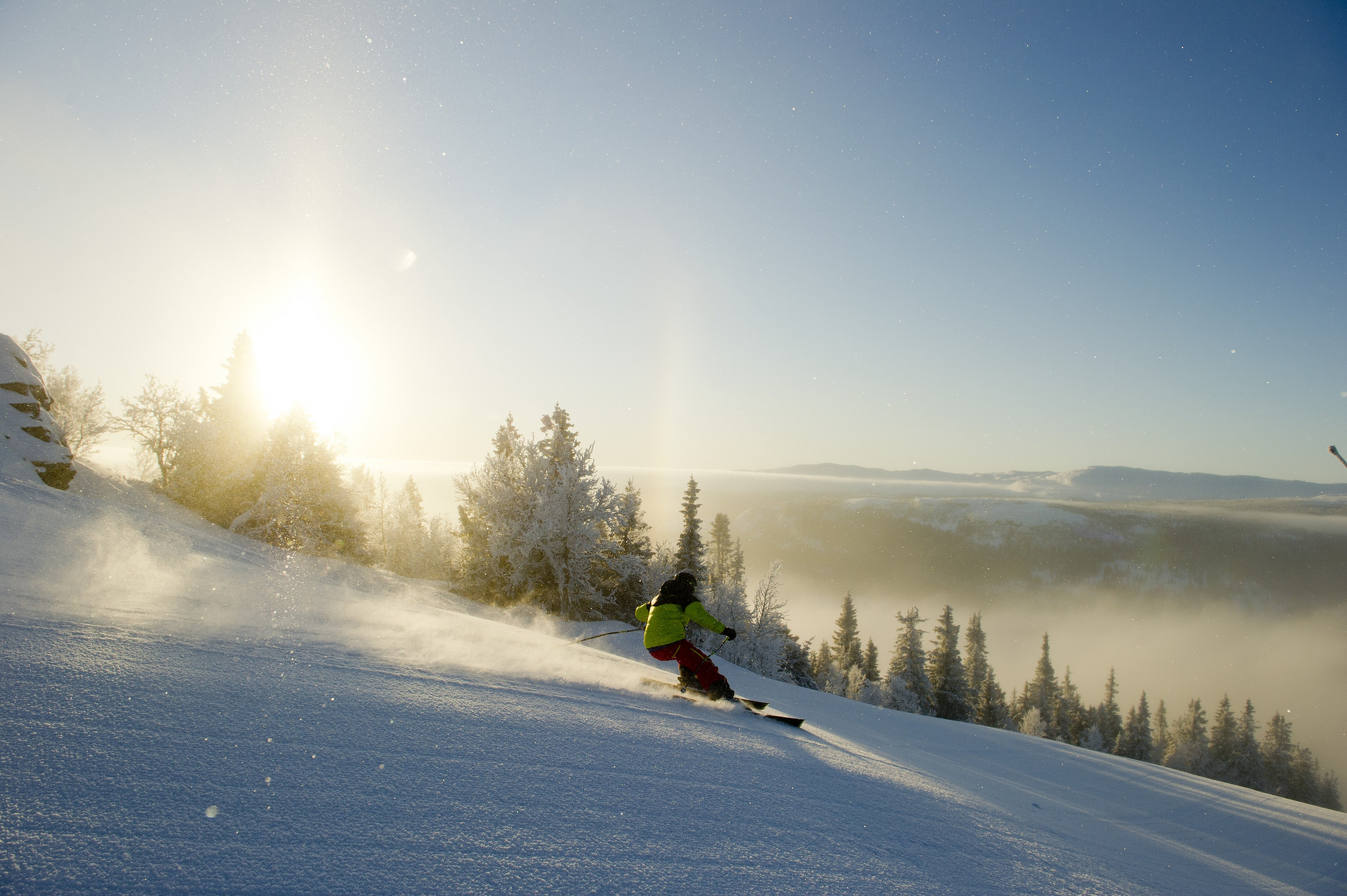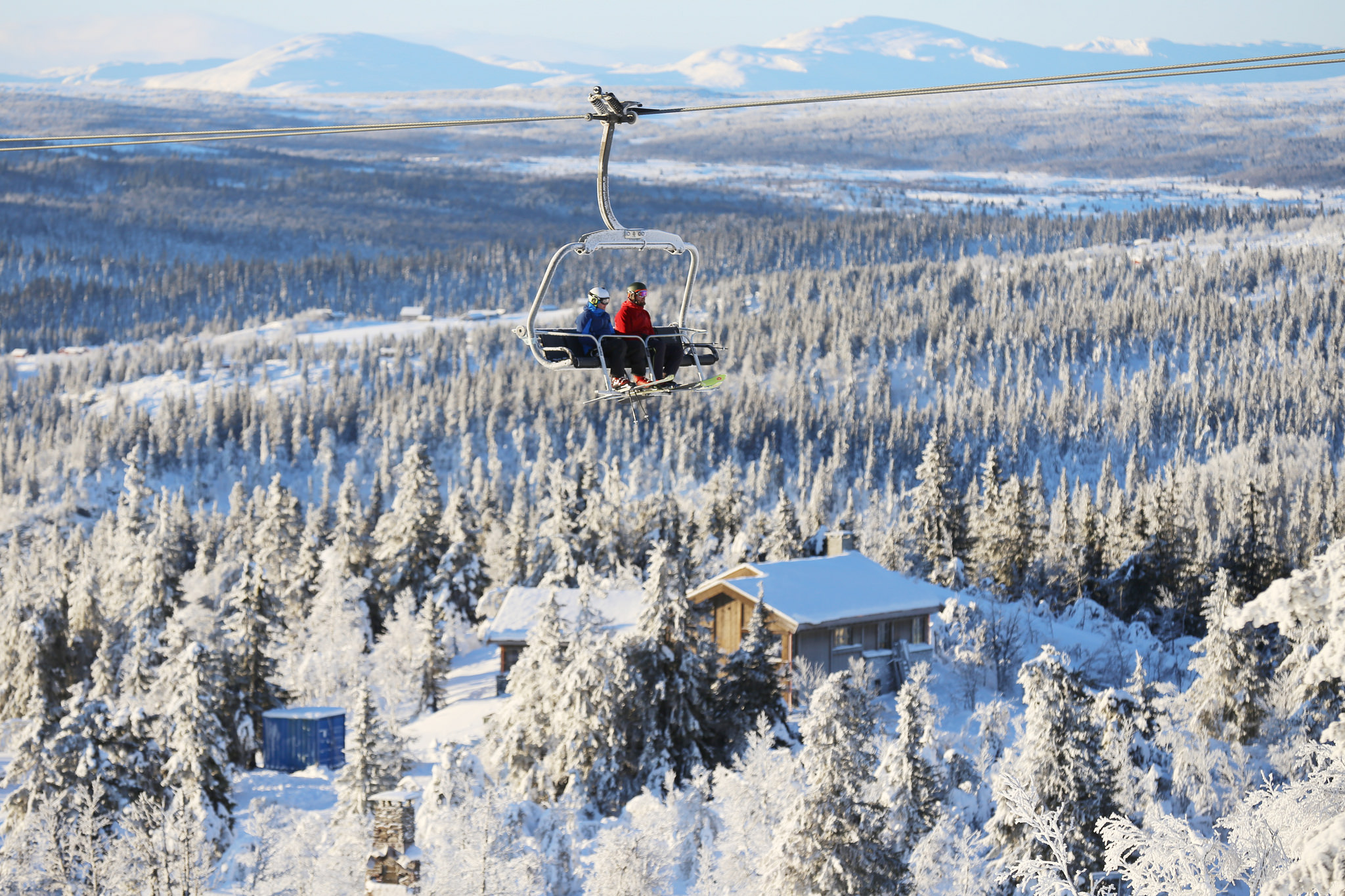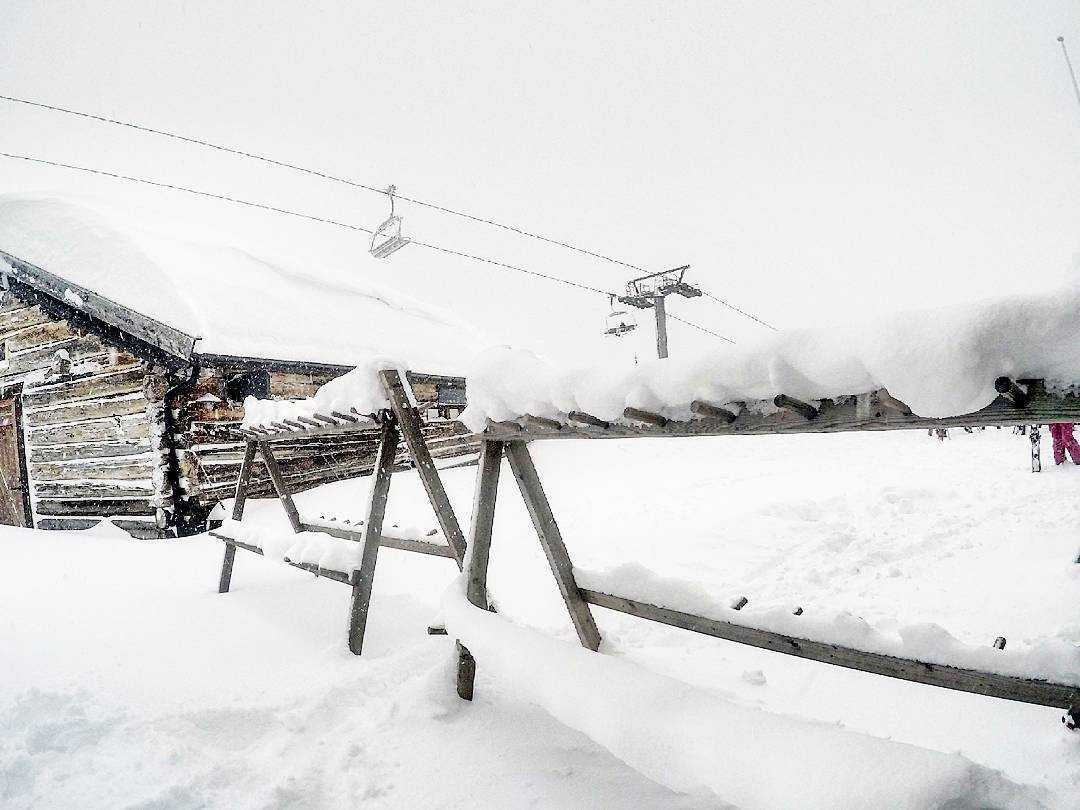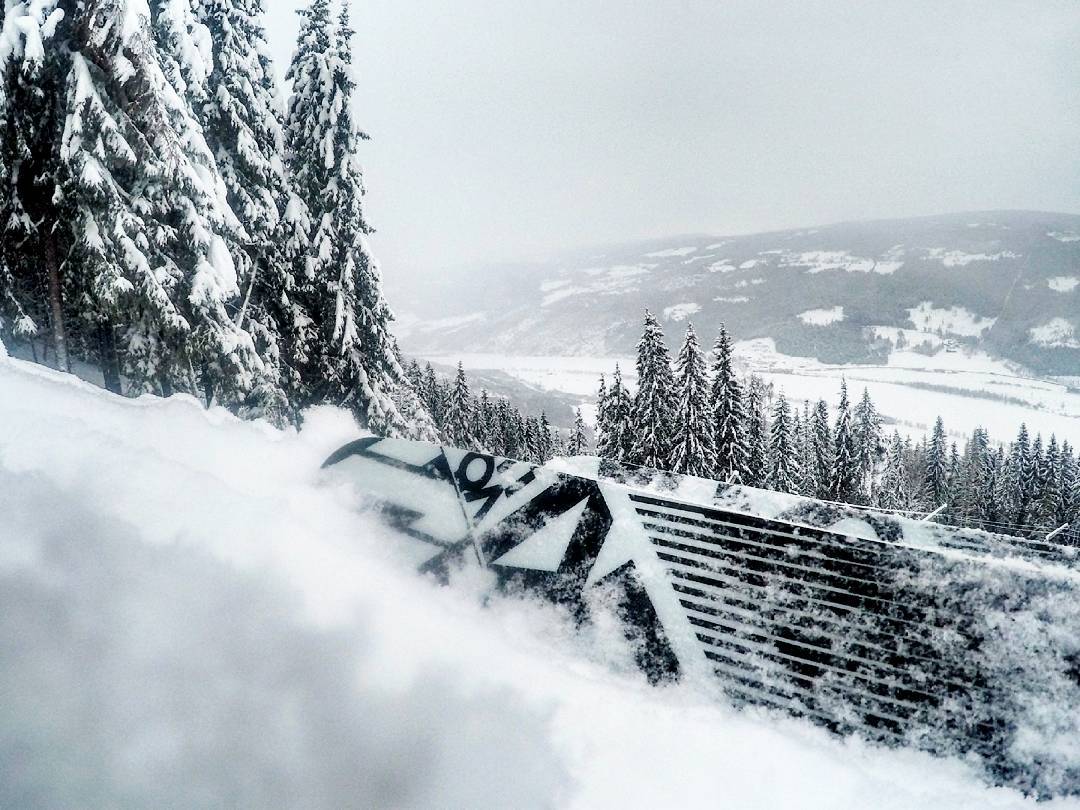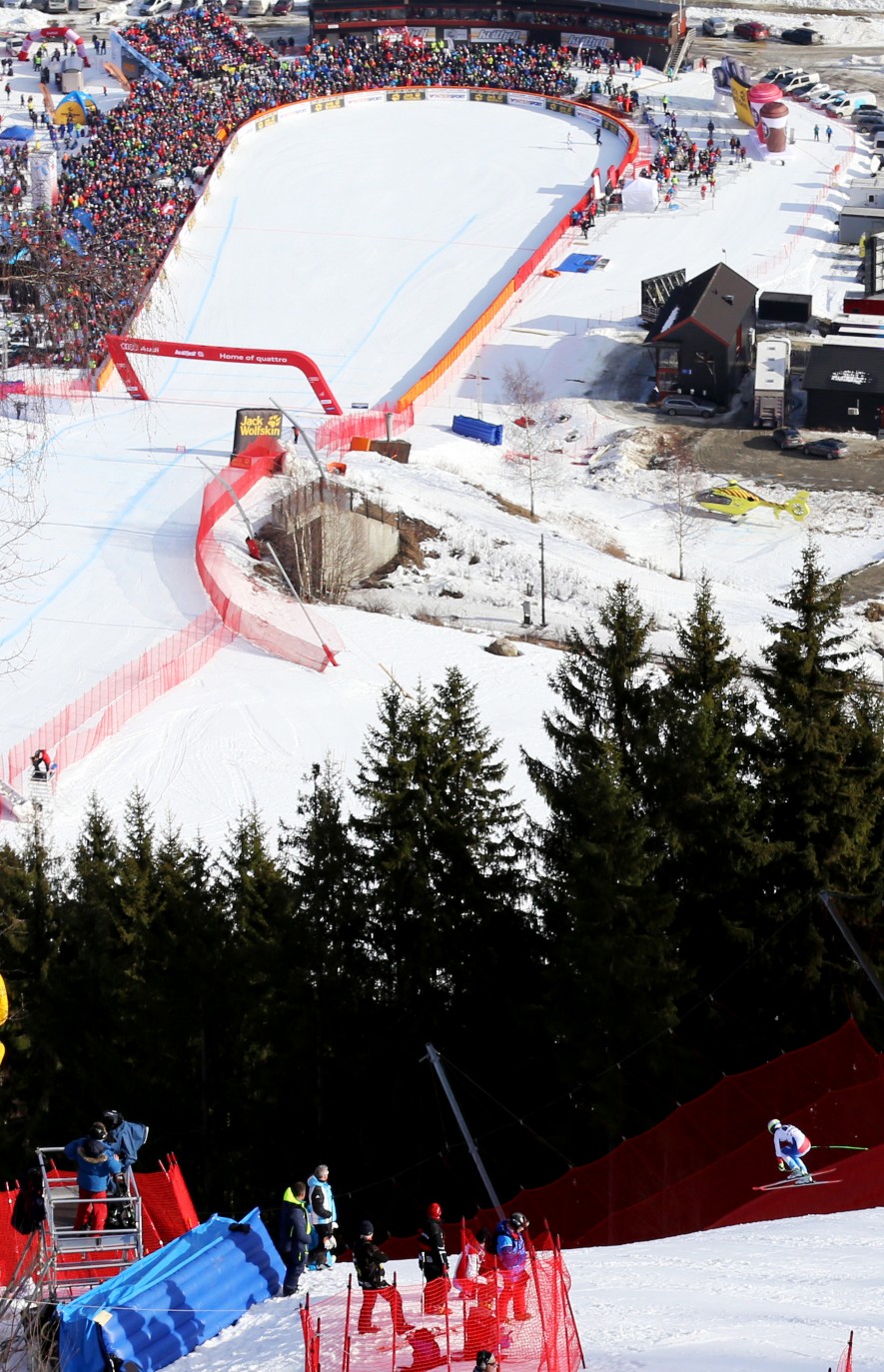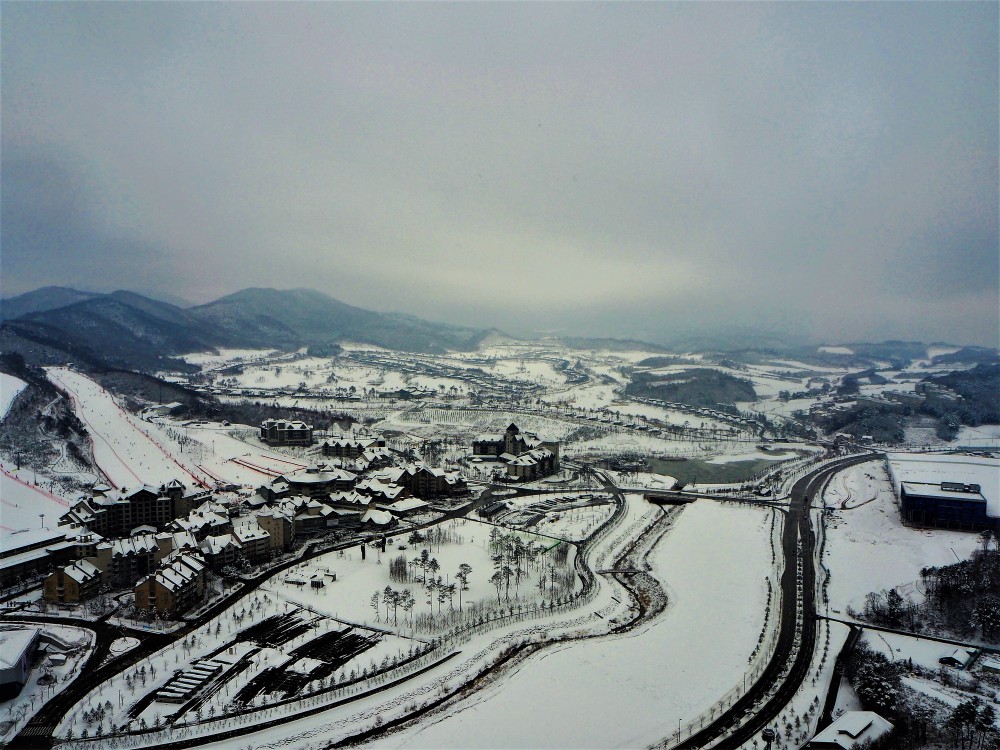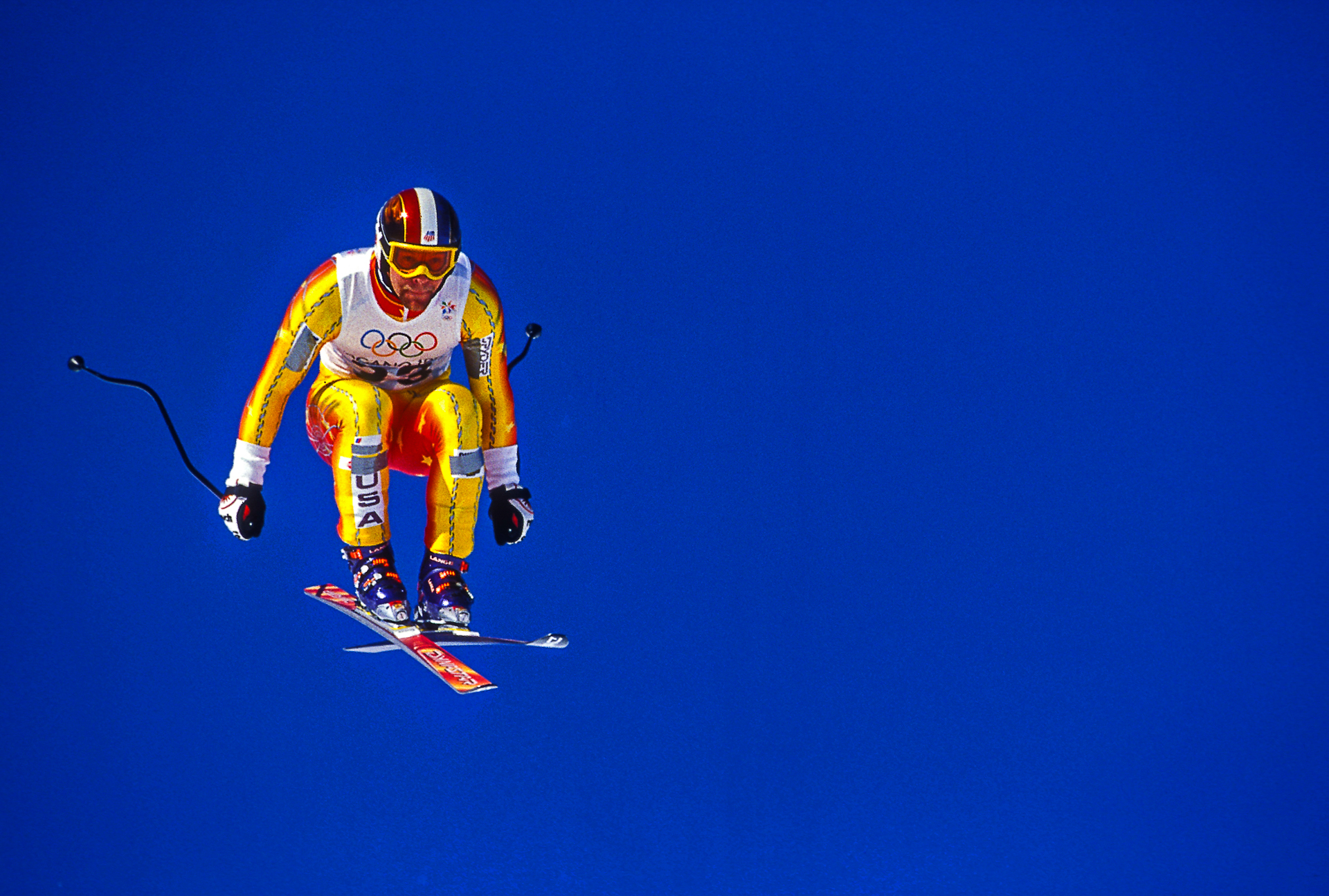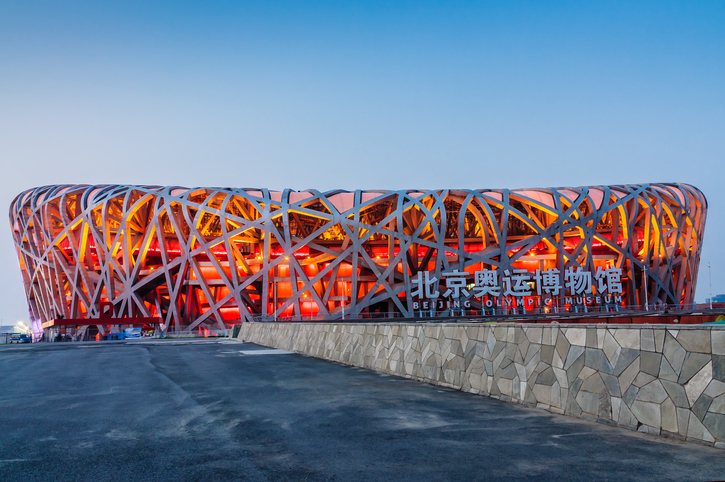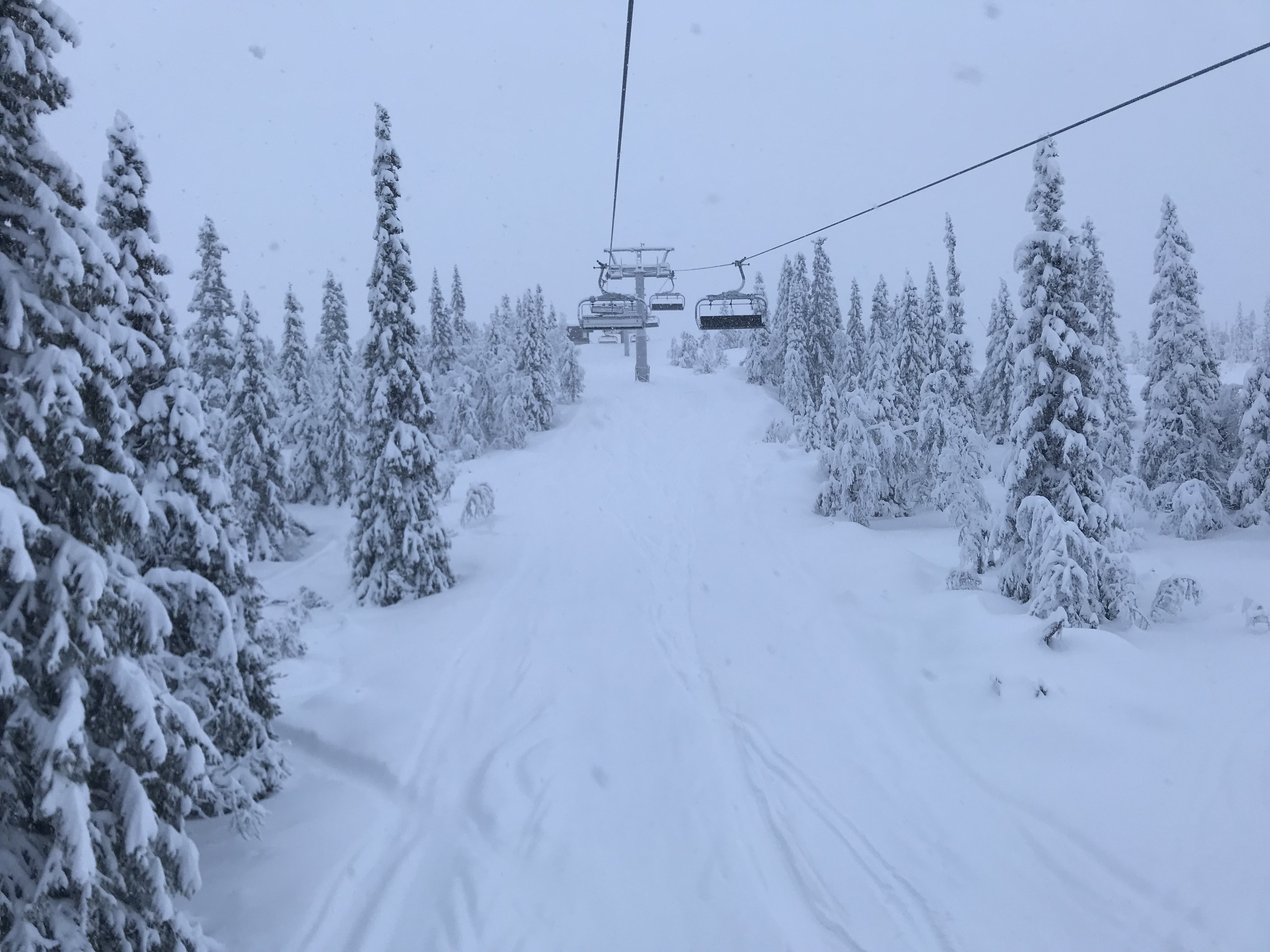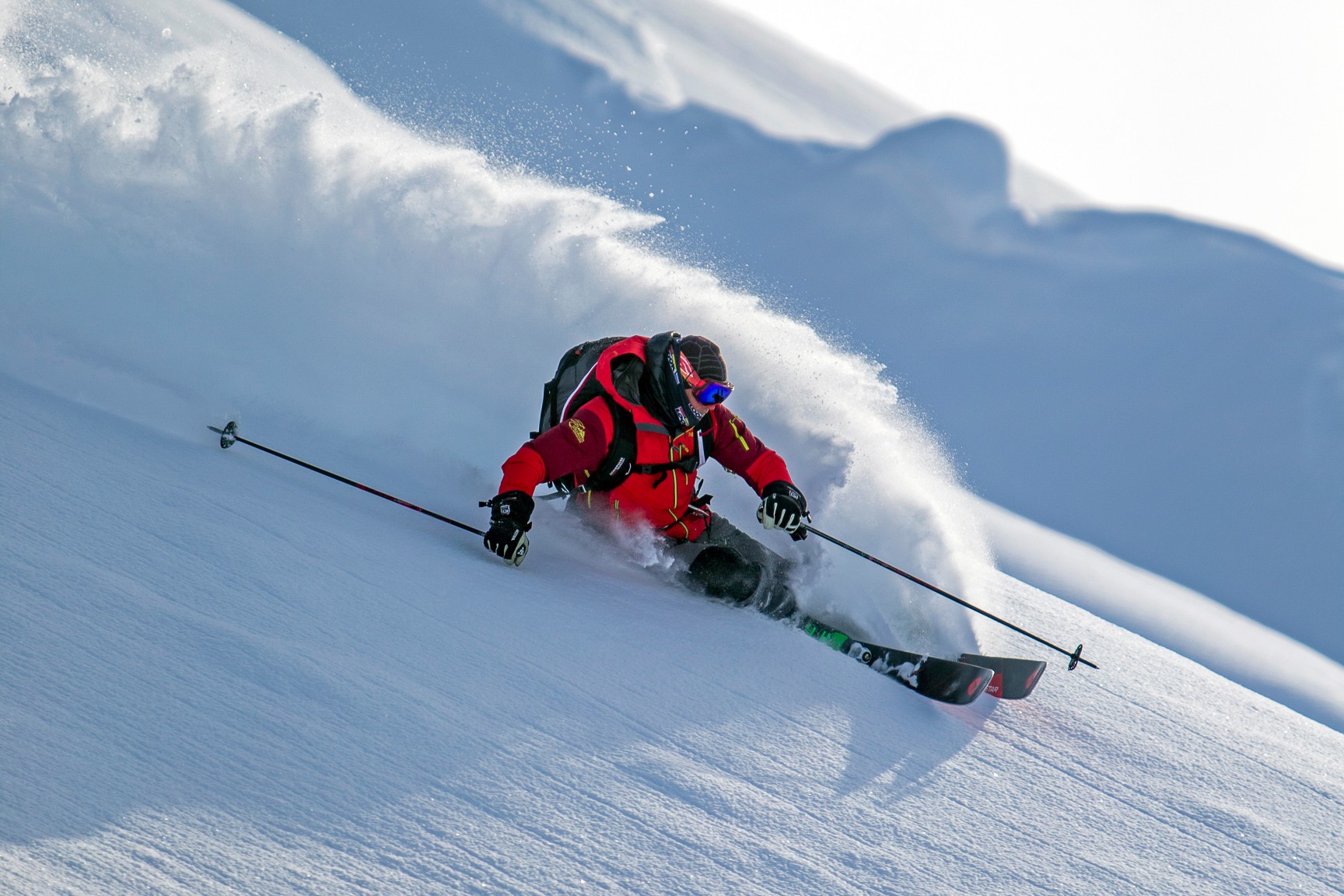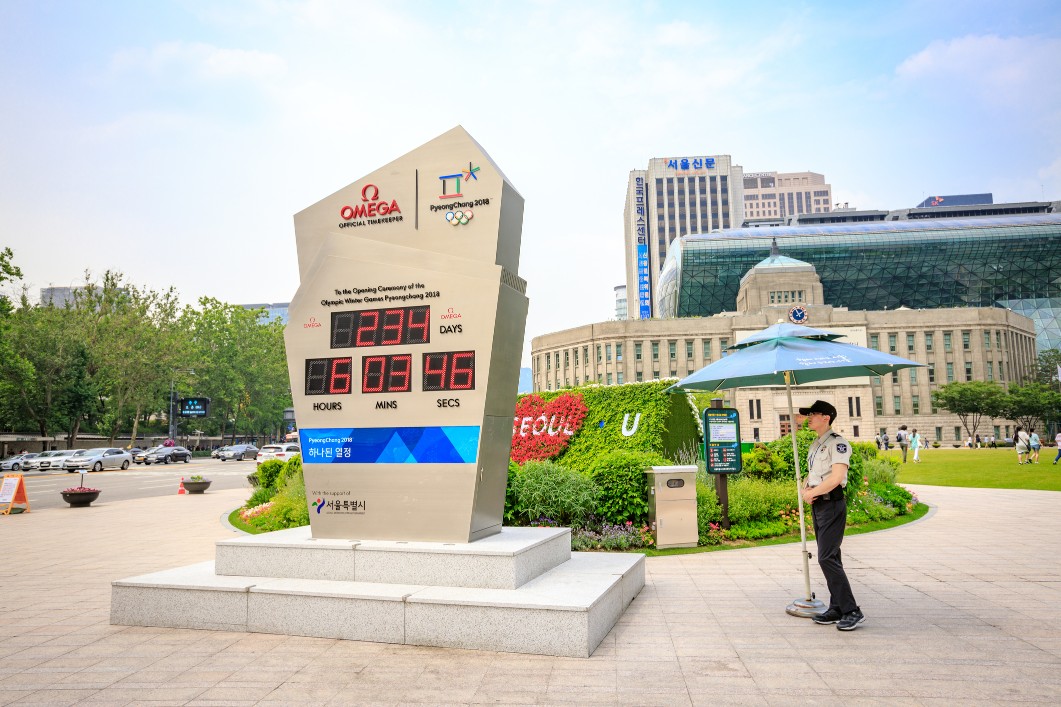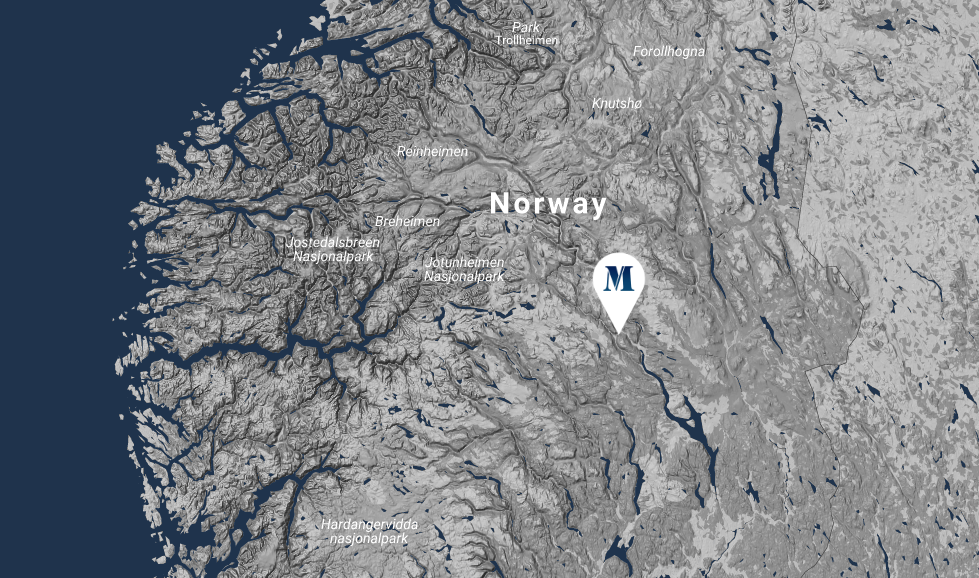Nobody wants to host the Olympic Games anymore. Or so it was said last year after Beijing were named as the host city for the 2022 winter edition. There weren’t many other options.
The IOC were left to choose from either Almaty in Kazakhstan or the Chinese capital after Munich, Krakow, Stockholm and St. Moritz in Switzerland all pulled out, citing the high costs, security demands and low public backing. Lviv in Ukraine was then forced to pull out due to civil unrest in Ukraine, leaving just the two aforementioned candidates and the new favourite Oslo, the Norwegian capital.
Then Oslo pulled out as well. Public opinion turned against the IOC and the Norwegians voted against the proposal to bid for the Winter Games.
I find this last withdrawal particularly interesting as I wade through waist-height powder in Kvitfjell – a splendid Norwegian ski resort which wouldn’t exist at all if it wasn’t for the Winter Olympics held an hour down the road in Lillehammer in 1994.
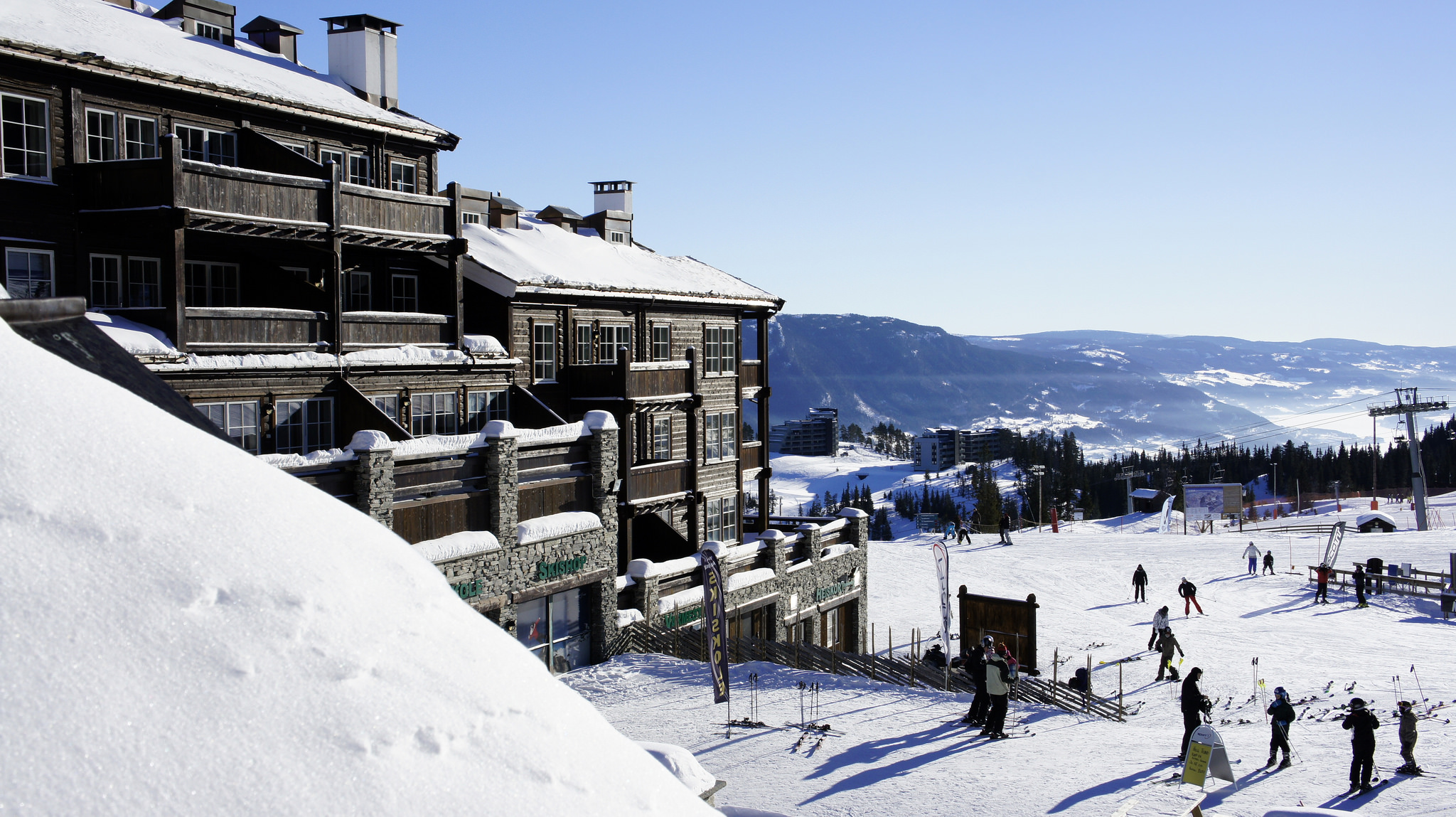
The resort hosted the men and women’s alpine speed events – the Super G and downhill – 24 years ago and has been a stop on the FIS Ski World Cup every year since, welcoming anywhere from 8-10,000 people annually for that race weekend alone.
“It was an architect who saw the potential of Kvitfjell back in ‘89,” Odd Stensrud tells me. Odd is CEO of Alpinco, the company who manage Kvitfjell and sister resort Hafjell, which while not founded specifically for the Winter Olympics, saw a huge rise in status because of it.
“The decision to build Kvitfjell was only made because they needed a speed arena for the Olympics. Before that, there was nothing here. Just some farms. The whole mountain side was woods. Construction started in 1990.”
“Local communities further north are traditionally farming communities. There isn’t much other work. Hafjell and Kvitfjell are now the biggest employers for the whole area”


